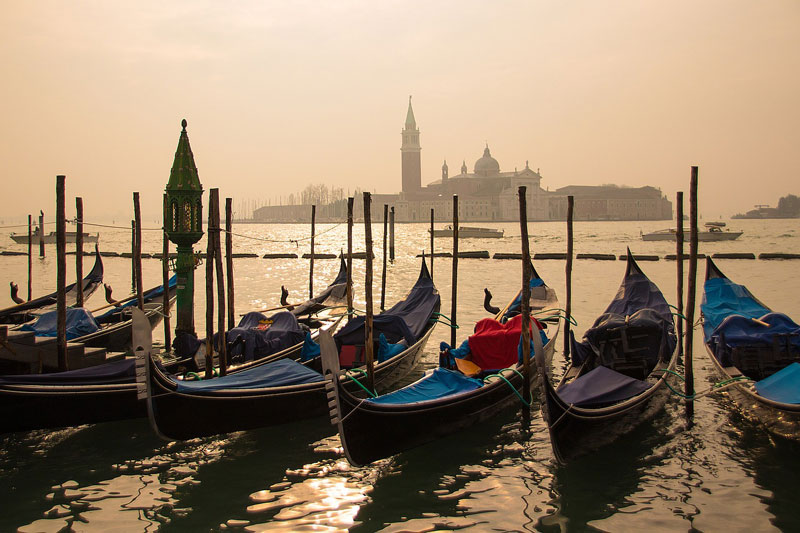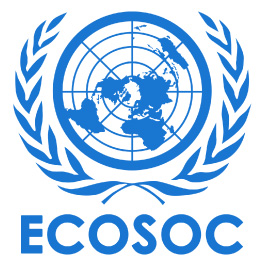Globe Aware destinations, like the Galápagos Islands, are raising their visitor fees, similar to other popular locations. Discover the reasons behind these fee increases and learn how to prepare!
Tourist fees are taking over popular destinations. Will they impact your next big trip?
Tourist hot spots are implementing measures against overtourism. Will this impact your next trip
June 5, 2024
Deseret News
By Caroline McDonald
With the summer travel season approaching, popular tourist spots are planning ahead with new rules and fees to control crowds. This is according to The New York Times, which outlined recent measures taken by Bali, Amsterdam, Paris and Milan — all popular destinations for tourists.
The amount of visitors in some towns has ballooned since the COVID-19 pandemic, per The Independent — rising above the observed tourist levels in 2019. Now, multiple cities are taking action to prevent against overtourism.
Why are there tourism fees?
A common reason for the increased fees is to protect both the environment and the infrastructure of buildings.
Bali, for example, has asked visitors to the island to pay a levy of approximately $9.49, or 150,000 Indonesian rupiahs. According to The New York Times, the money will serve “to support the preservation of cultural and natural assets on the island, where tourism has brought major challenges related to litter, water supply and overcrowding.”
The Galápagos Islands and Hawaii have proposed similar measures. The Galápagos Islands now charges a $200 entry fee to “be used to support conservation, improve infrastructure and fund community programs.”
In Hawaii, Gov. Josh Green proposed a “climate impact fee,” per The New York Times, reasoning that “$25 per visitor could raise $250 million a year, which the state could use to guard against climate disasters, manage erosion, strengthen infrastructure and protect parks.”
This year marks the third year the measure has failed, per Honolulu Civil Beat. Efforts to use visitor funds to protect the environment have persisted.

According to The Independent, the following locations have also implemented measures to prevent against overtourism:
- Venice, Italy.
- Portofino, Italy.
- Rome, Italy.
- Hallstatt, Austria.
- Athens, Greece.
- Boracay, Philippines.
- Maya Beach, Thailand.
- Okinawa, Japan.
- Amsterdam, the Netherlands.
- Machu Picchu, Peru.
- Barcelona, Spain.
What should travelers know?
Some of the fees only apply if tourists exhibit disruptive behavior. According to The Independent, tourists in Rome will be fined if they eat messy foods around attractions, particularly the Trevi Fountain.
In Portofino, tourists who overstay their welcome in viral Instagram spots for photo-taking may be charged a fine “for creating a dangerous situation.” Circumstances like these can be avoided.
As for the other tourist taxes, it looks like visitors will need to be extra sure to do their research beforehand.
“All of this may pose headaches for travelers, although in most cases, the new fees or tax increases represent only a tiny fraction of the total cost of a trip,” according to The New York Times.
“All tourism is dependent on beautiful natural and cultural resources. You have to protect those resources in order to be a viable tourism destination — and if you don’t, they degrade,” Megan Epler Wood, managing director of the Sustainable Tourism Asset Management Program at Cornell University, told The New York Times.













